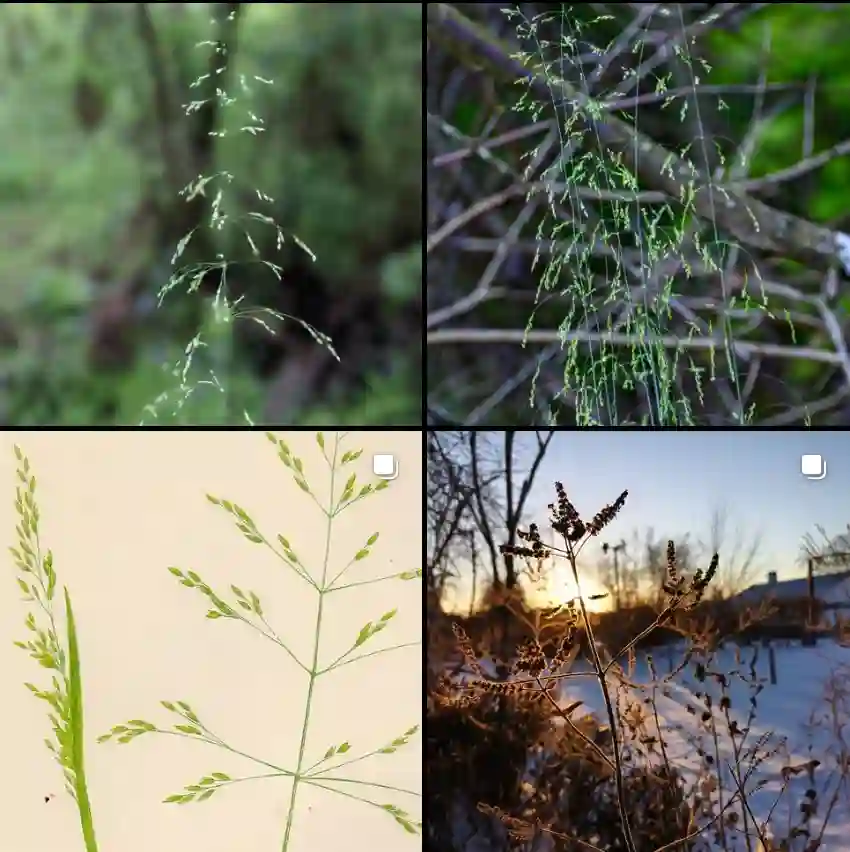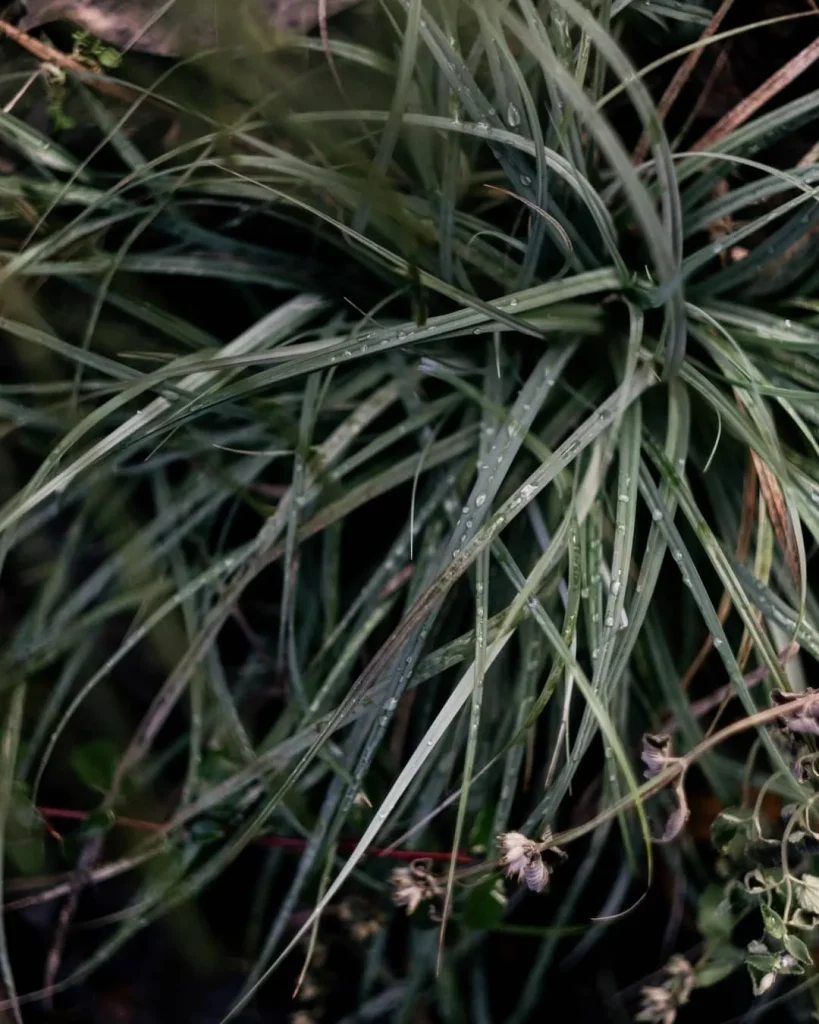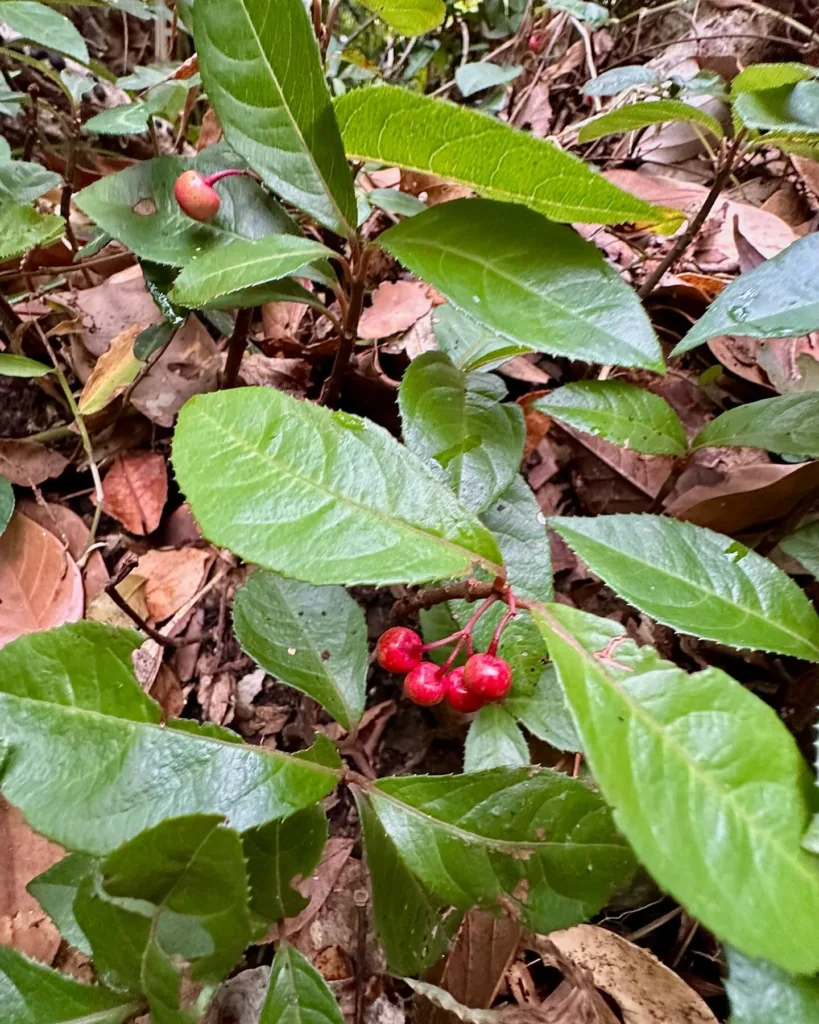Morinda: A Genus of Healing Plants
My name is Ferb Vu, and I’m fascinated by the Morinda genus. This group of flowering plants, belonging to the Rubiaceae family, has captivated me with its diverse species and remarkable medicinal properties. From the well-known noni fruit to lesser-known varieties, Morinda plants offer a wealth of potential benefits. Join me as we explore this intriguing genus.
What is Morinda?
Morinda is a genus comprising roughly 39 species of trees, shrubs, and lianas. The name “Morinda” originates from the Latin words morus (mulberry) and indica (of India), referring to the fruit’s appearance and one of the plant’s origins. These plants are predominantly found in tropical and subtropical regions, including Southeast Asia, Australia, and the Pacific Islands.
Many Morinda species have a long history of use in traditional medicine. They’ve been employed to treat various ailments, from fever and inflammation to skin infections and respiratory problems. Modern research is beginning to validate some of these traditional uses, uncovering the potential of Morinda’s bioactive compounds.
Notable Morinda Species
The Morinda genus boasts a diverse array of species, each with its unique characteristics and potential uses. Here are:
- Morinda citrifolia (Noni): Perhaps the most famous Morinda species, noni is renowned for its distinctive odor and flavor. Traditionally, noni has been used to treat a wide range of conditions, including high blood pressure, diabetes, and cancer. While scientific research is ongoing, noni is a rich source of antioxidants and other potentially beneficial compounds. Plant FAQs: Morinda Citrifolia – Noni
- Morinda angolensis (R.D.Good) F.White
- Morinda angustifolia Roxb.
- Morinda asteroscepa K.Schum.
- Morinda bracteata Roxb.
- Morinda buchii Urb.
- Morinda carnosa Venturina, E.E.L.Suarez & Alejandro
- Morinda chrysorhiza (Thonn.) DC.
- Morinda corneri K.M.Wong
- Morinda elliptica (Hook.f.) Ridl.
- Morinda fasciculata Benth.
- Morinda hoffmannioides Standl.
- Morinda latibractea Valeton
- Morinda leiantha Kurz
- Morinda longiflora G.Don
- Morinda longipetiolata Steyerm.
- Morinda longissima Y.Z.Ruan
- Morinda lucida Benth.
- Morinda mefou Cheek
- Morinda moaensis Alain
- Morinda morindoides (Baker) Milne-Redh.
- Morinda nana Craib
- Morinda pacifica (Reinecke) Razafim. & B.Bremer
- Morinda panamensis Seem.
- Morinda pedunculata Valeton
- Morinda persicifolia Buch.-Ham.
- Morinda piperiformis Miq.
- Morinda pubescens Sm.
- Morinda ramosa (Lauterb.) Razafim. & B.Bremer
- Morinda rosiflora Y.Z.Ruan
- Morinda royoc L.
- Morinda scabrida Craib
- Morinda schultzei Valeton
- Morinda sessiliflora Bertol.
- Morinda talmyi (Pit.) Chantar.
- Morinda titanophylla E.M.A.Petit
- Morinda tomentosa B.Heyne ex Roth
- Morinda turbacensis Kunth
- Morinda undulata Y.Z.Ruan
Morinda’s Potential Benefits
Morinda plants contain a variety of bioactive compounds, including anthraquinones, flavonoids, and iridoids. These compounds contribute to the potential health benefits associated with Morinda.
- Antioxidant Activity: Many Morinda species are rich in antioxidants, which help protect the body against damage from free radicals. This may play a role in reducing the risk of chronic diseases.
- Anti-inflammatory Effects: Some Morinda species have demonstrated anti-inflammatory properties in studies, suggesting their potential use in managing inflammatory conditions.
- Immune Support: Certain Morinda species have been traditionally used to boost the immune system. Research is exploring the mechanisms behind these effects.
- Pain Relief: Some traditional uses of Morinda involve pain management. Studies are investigating the analgesic properties of various species.
It’s important to note that while Morinda shows promise, more research is needed to fully understand its effects and confirm its efficacy for various health conditions.
The Future of Morinda
As research into Morinda continues, we can expect to gain a deeper understanding of its potential benefits and applications. This knowledge could lead to the development of new therapies and health products derived from Morinda plants.
Furthermore, sustainable cultivation and harvesting practices are crucial to ensure the long-term viability of Morinda as a valuable resource. By promoting responsible practices, we can protect these plants and their habitats while harnessing their potential for human health.
This is just a glimpse into the fascinating world of Morinda. I am excited to see what the future holds for this genus and its potential to contribute to our well-being.
If i die, water my plants!



